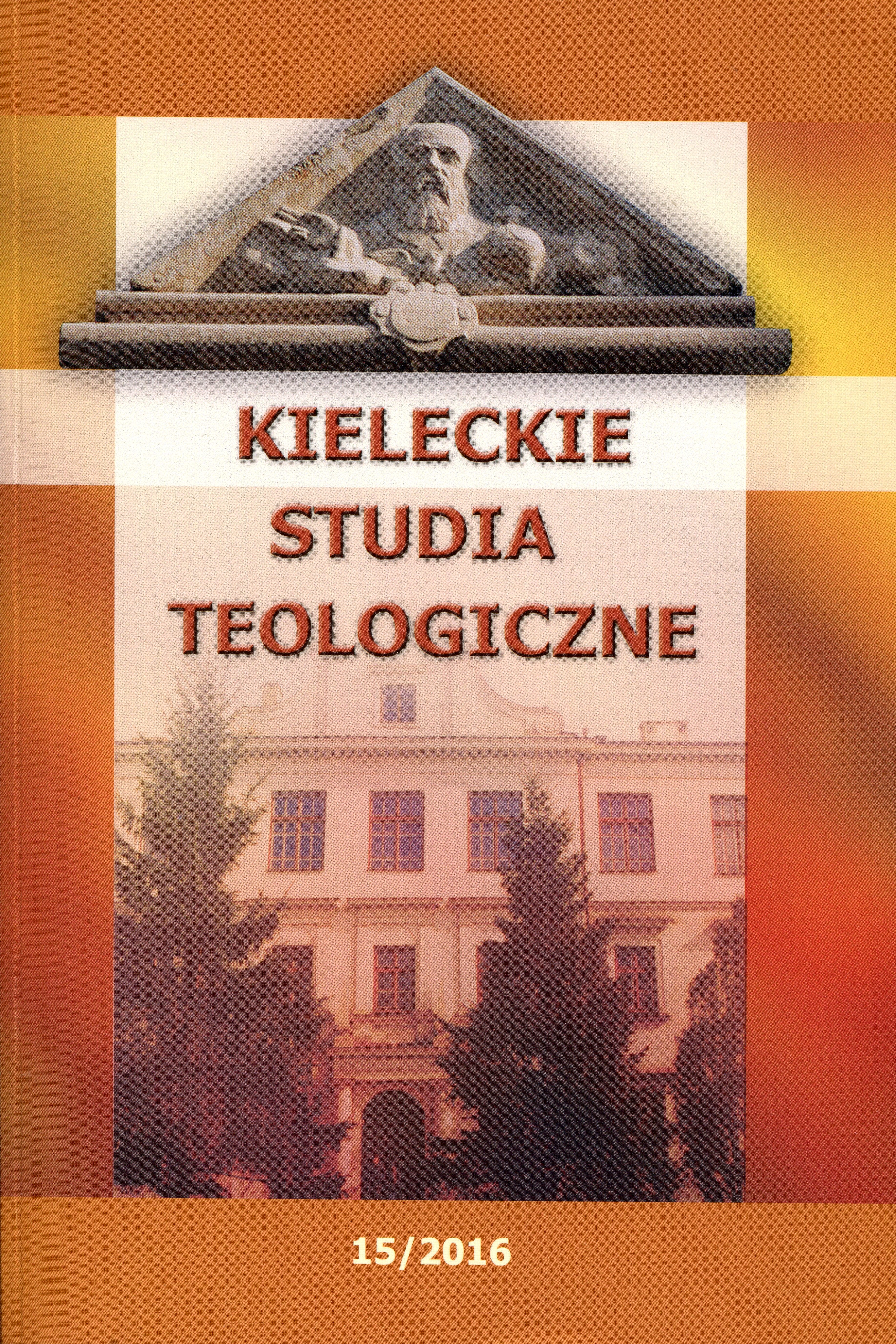RELACJE POLSKO-ŻYDOWSKIE W WOJEWÓDZTWIE KIELECKIM W LATACH 1918-1939. WYBRANE ZAGADNIENIA
THE CHOSEN PROBLEMS OF THE POLISH-JEWISH RELATIONS IN THE KIELECKIE VOIVODESHIP IN THE YEARS 1918-1939
Author(s): Jerzy GapysSubject(s): Local History / Microhistory, Interwar Period (1920 - 1939)
Published by: Wyższe Seminarium Duchowne w Kielcach
Keywords: Jews;Poland;Kielce;interwar period;
Summary/Abstract: Jewish settlment in the Kielce region began to a greater extent at the end of the 17th century. In the 19th and 20th centimes the number of Jews in the region rapidly grew and an economic expansion of the Jewish community took place. At the brink of Polish independence and in the years that followed, the economic plane remained the basic field of Polish-Jewish relations. Competition in that field often caused tensions and, sometimes, generated open conflict. Other aspects of life, such as socializing, social and cultural activity were lead separately. The both communities lead their lives in voluntary isolation, which was being cemented by the two different systems of beliefs (Christianity and Judaism), as well as by a hundreds of years of tradition.In the period of the Second Polish Republic in the Kielce region, two waves of worsening of the Polish-Jewish relations could be observed. The first one took place during the period of setting the framework for the independent Polish state in the years 1918-1921. At that time the national aspirations of the Poles and Jews collided. The Jews aimed at achieving a wider autonomy in Poland (as well as in East-Central Europe generally), must have been met with a counter action on the Polish part, which aimed (or at least some of its political movements) at strengthening and consolidating the state. Some role in the outburst of social unrest was certainly also played by the attitude of some Jews (mostly the Communist followers), as well as by the difficult material situation of the people. Some more significant anti-Jewish disturbances were recorded in some towns such as Częstochowa, Wolbrom or Olkusz.The second wave of social unrest, far more intensive than the first one, took place in the mid 1930s. The ground for these tensions was provided by the economic crisis, which resulted in an increased competition between Polish and Jewish enterpriseand increasingly difficult material standing of the people. Additionally, national movements on both sides had developed (the National Camp and Zionism). In the years 1935-1937 there have been disturbances of an anti-Jewish background. The most well- known oftheose remain the disturbances in Odrzywół (1935), Truskolasy (1935), and Przytyk (1936). In the years 1935-1939 there have been 277 assaults on Jews, during which 388 people were beaten up, 232 homes were devastated (to a greater or lesser extent) and over 6000 windows were broken. Although the relations, especially in the times of increased tensions, had not always been perfect, the Jewish citizens enjoyed a lot of freedom, which is indicated by the lush development of social and cultural life of the Jewish community in the Kielce region. Dozens of magazines were being published, 19 ofwhich were written in Yiddish; 217 Jewish associations were active,numerous Cheiders and yeshivot and Jewish high schools, as well as theatres, libraries and sports clubs were open.
Journal: Kieleckie Studia Teologiczne
- Issue Year: 2016
- Issue No: 15
- Page Range: 159-184
- Page Count: 26
- Language: Polish

